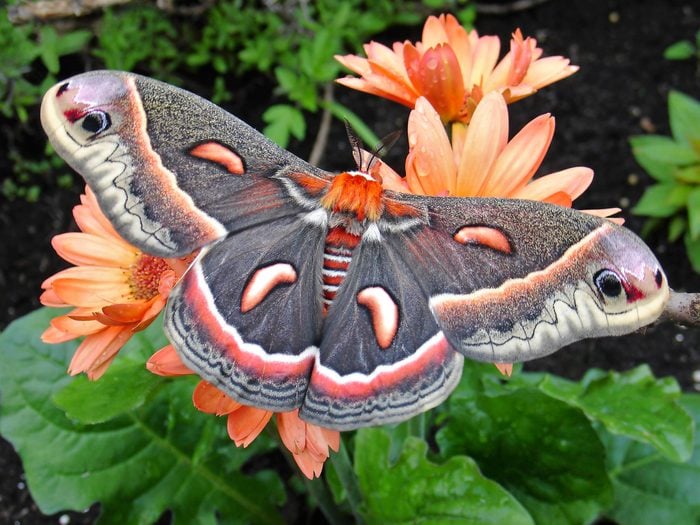
Cecropia Moth
Carol Ecker of Whitehall, Pennsylvania, captured beautiful moth pictures. She says, “I watched this cecropia moth emerge out of its cocoon and dry its wings on a gerbera daisy in my garden. I was so happy to see the pretty moth and eventually watch it fly away.”
Did you know: Adult male cecropias find mates from a mile or more away by the pheromones the females produce.
Meet other colorful moths you can see during daytime.
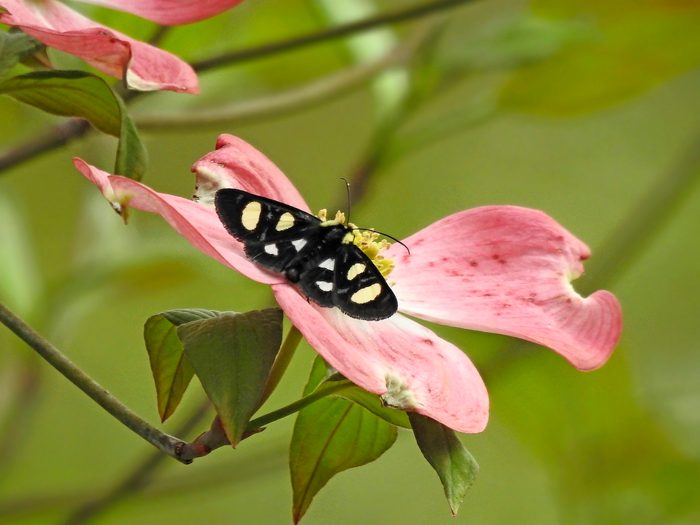
Eight-Spotted Forester Moth
“I was attempting to capture a close-up of what I thought was a bumblebee on the banks of Polecat Creek in Randleman, North Carolina, but further inspection revealed that it was an eight-spotted forester moth. It was wonderful to catch a glimpse of this elusive moth sipping nectar from a beautiful dogwood, and to watch this pollinator doing nature’s work,” says Patricia Wells of Yorktown, Virginia.
Moth vs butterfly: Here’s how to tell the difference.
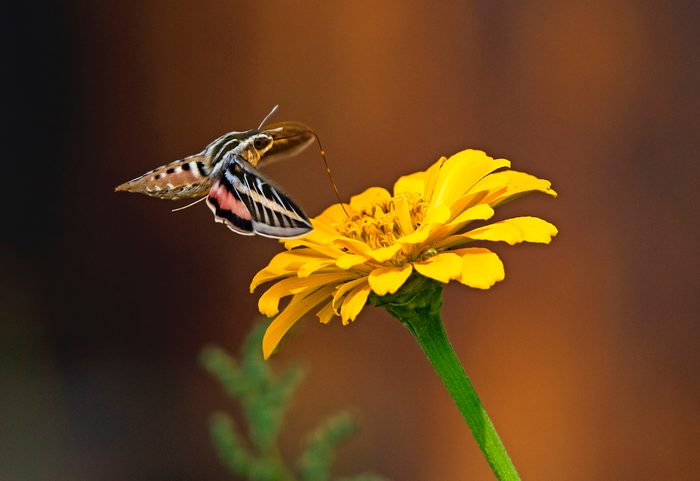
Hummingbird Moth
“The white-lined sphinx moth is often referred to as a hummingbird moth—they do get mistaken for hummingbirds! These moths love the zinnias that bloom from summer into fall in my garden,” says Marina Schultz of Fruita, Colorado.
See what a sphinx moth caterpillar and pupa looks like.
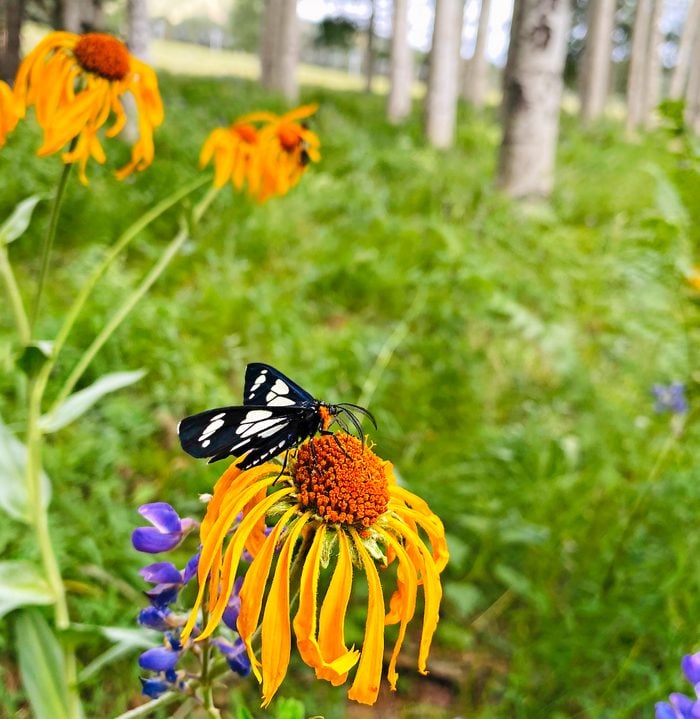
Memorable Moth
High in the mountains of Flagstaff, Arizona, groves of wildflowers and aspen trees bring the wild Gnophaela discreta (a moth without a common name) by the hundreds. Often you’ll see several at one time on a single flower,” says Kerysa Ford of Phoenix, Arizona.
Learn all about garden moths: important pollinators.
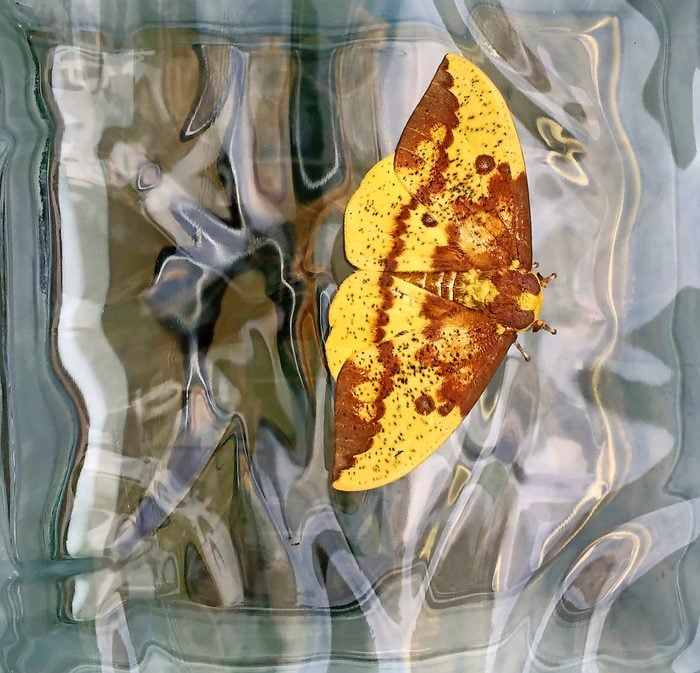
Imperial Moth
“While pulled over at a rest stop at the Pennsylvania/West Virginia border, I was thrilled to see this imperial moth perfectly framed on a glass brick in the wall of the visitor center. What a surprising welcome to wild and wonderful West Virginia!” says April Livingston of Mobile, Alabama.
Did you know: Adult imperial moths follow a strict schedule. They emerge before sunrise and mate after midnight the next day.
Plant fragrant moonflower to attract moths.
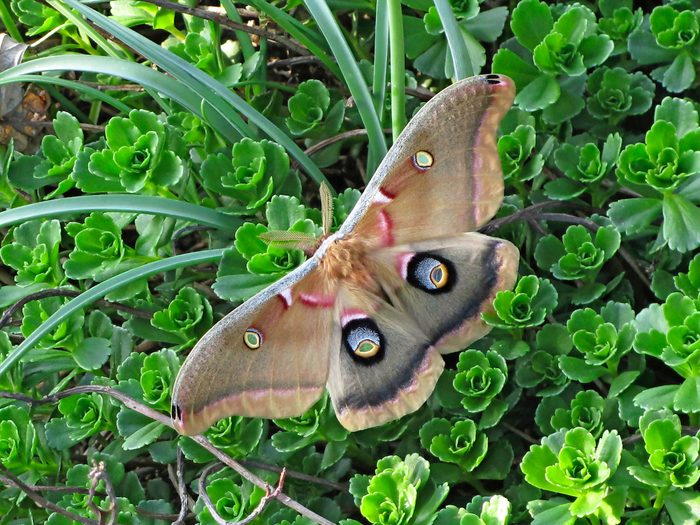
Polyphemus Moth
“My son and my granddaughter Morgan visited me one spring. While playing in the yard, Morgan spotted a “big butterfly lying on the flowers.” It was actually a polyphemus moth that had just emerged from its cocoon and was drying itself. Talk about perfect timing! If it had been only a few minutes later, we might have missed this pretty moth. Its coloring was so perfect. Wow!” says Cherie Heitman of Branson, Missouri.
Did you know: The eye spots on a polyphemus moth’s hindwings are transparent. These moths live in every state except Alaska and Hawaii.
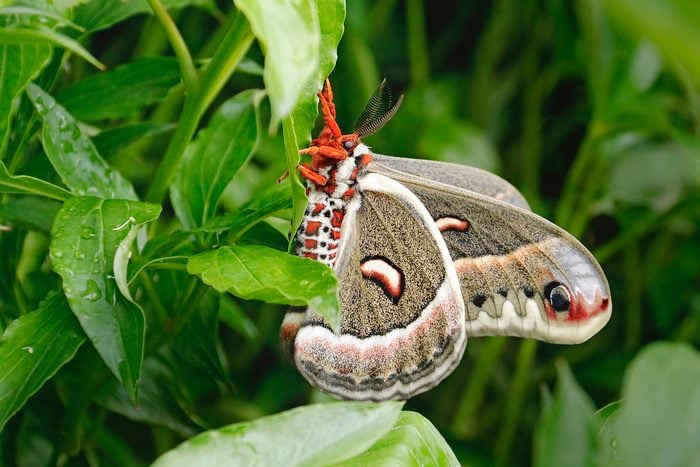
Perfect Pose
“I saw this beautiful cecropia moth at my neighbor’s place. It had recently emerged and wasn’t able to fly away right away, so it was easy for me to quickly snap pretty moth pictures,” says Brenda Doherty of Ariss, Ontario.
Don’t overlook the lovely luna moth.
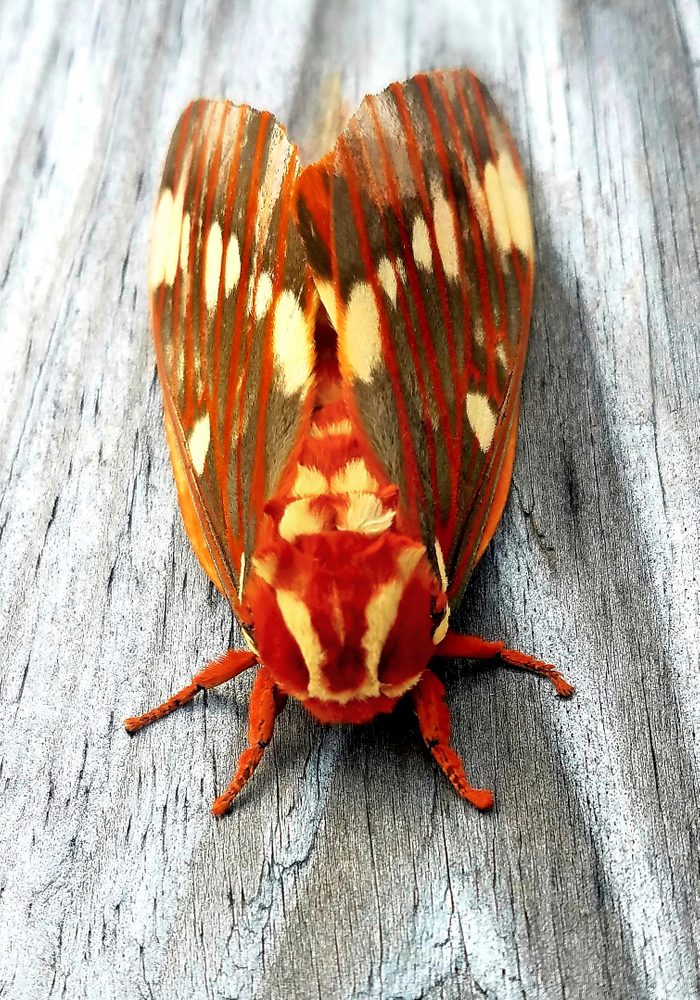
Regal Moth
“I was walking to my Sunday school class and noticed this regal moth sitting on a railing between classrooms,” says Stephanie Perry of Fruithurst, Alabama. “It was very fitting because we had just wrapped up our vacation Bible school program titled ‘Into the Wild.'”
Meet the vast (and fast!) skipper butterflies.
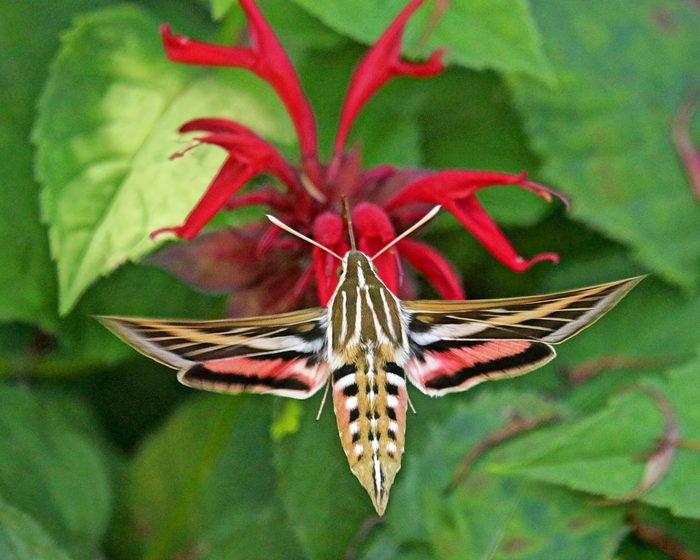
White-Lined Sphinx Moth
Martin Gilchrist of Milaca, Minnesota, says that he didn’t have his camera with him when he saw his first white-lined sphinx moth. He says, “I spent the next few days, with my Canon EOS 7D in hand, roaming my gardens until I saw it again.”
Learn how to identify a hummingbird clearwing moth.
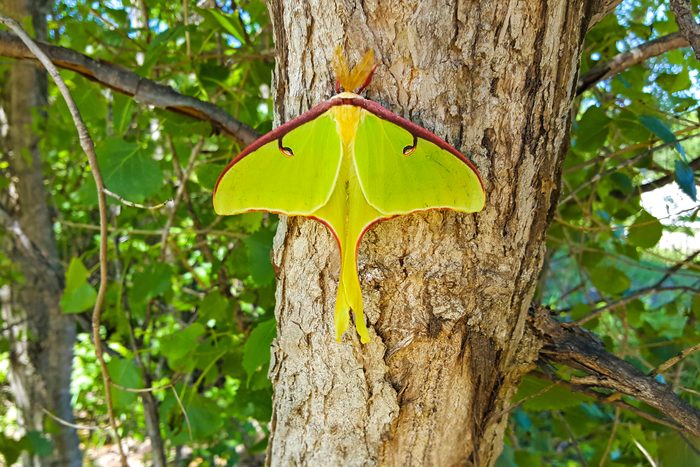
Pretty Luna Moth Picture
“For 44 years I have lived in Minnesota and I had never seen a luna moth before,” says Jason Nibbe of Lake City, Minnesota. “I was doing some work when this one buzzed my head and landed about 10 feet away, as if begging me to take moth pictures. I was more than happy to oblige.”
Discover more silk moths that might be in your yard.
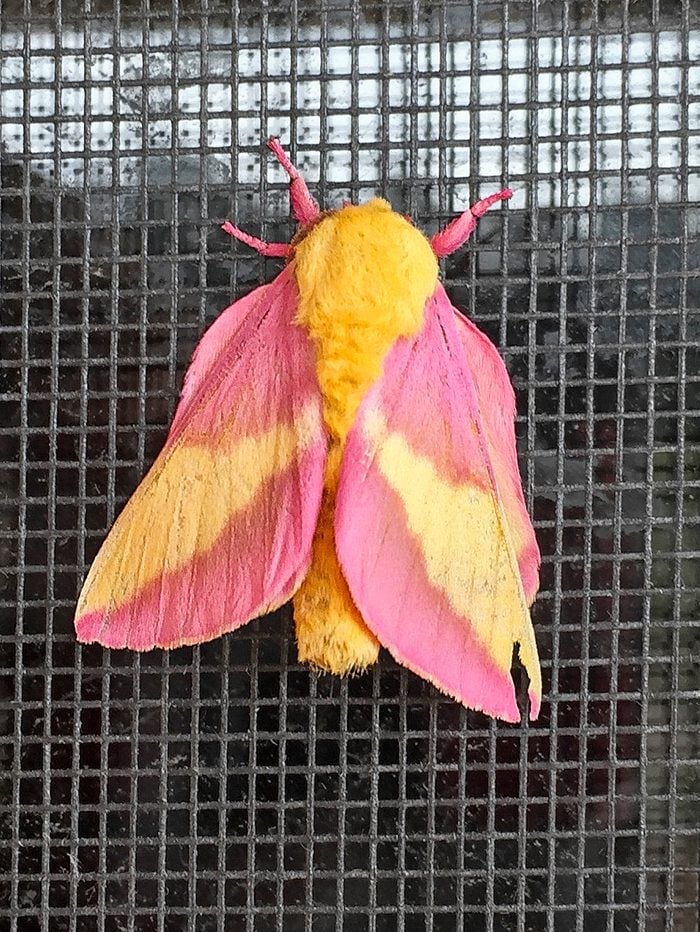
Rosy Maple Moth
“It’s beautiful!” says Cynthia Raper of Amory, Mississippi. “In all my 58 years, I had never seen a rosy maple moth. I discovered this pretty moth at our old refurbished trailer about an hour north of my home. I’ve seen several firsts there.”
Check out crazy cool caterpillars you might find in your yard.
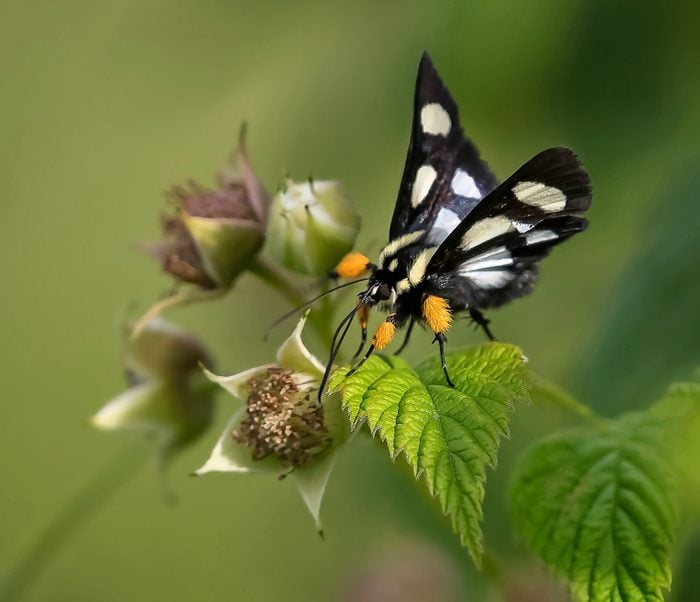
Morning Moth
Bernie Stang of Paynesville, Minnesota, says, “I sat in my sister-in-law’s garden early in the morning, waiting for bugs and butterflies that I could photograph. The golden hour, right as the sun was rising, was beyond peaceful. This eight-spotted forester moth was visiting a raspberry plant, perching on the leaves.”
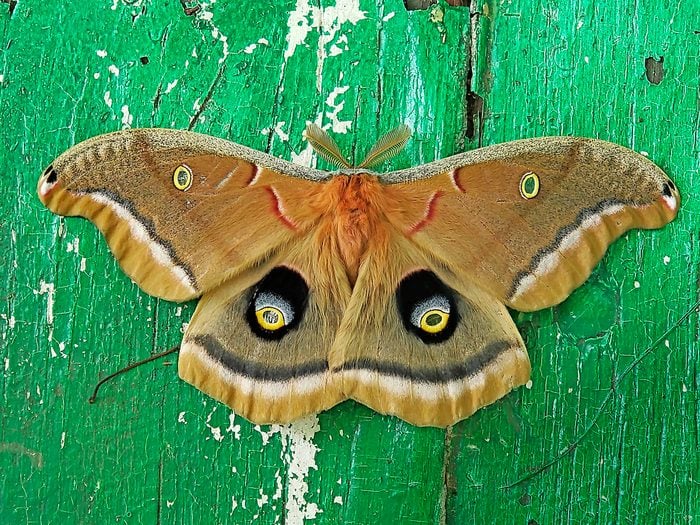
Stunning Silk Moth
“Each year, I try to show my young grandson something new in nature. One day we were blessed to find this rarely seen example of a North American giant silk moth: a polyphemus! This beautiful male was ready to go a-courtin’. Adults have no mouths to eat with, so they have less than two weeks to find a mate and set the next generation on its journey,” says Tim Bosley.
Here’s everything you need to know about butterfly anatomy.
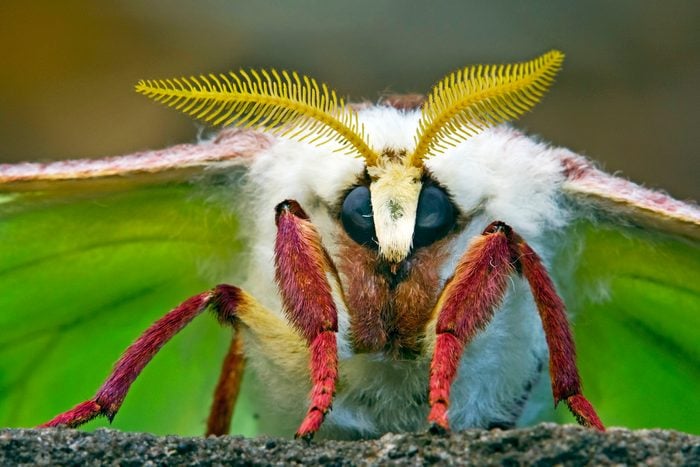
Macro Moth Pictures
“One cool summer morning, I saw this luna moth resting on a log in my backyard. I quickly grabbed my Nikon camera and macro lens, and set up the shot. I really love the mix of colors, especially the slightly backlit wings and the beautiful design of the antennae,” says Keith Sylvester.
Transform your yard into a butterfly migration hotspot.
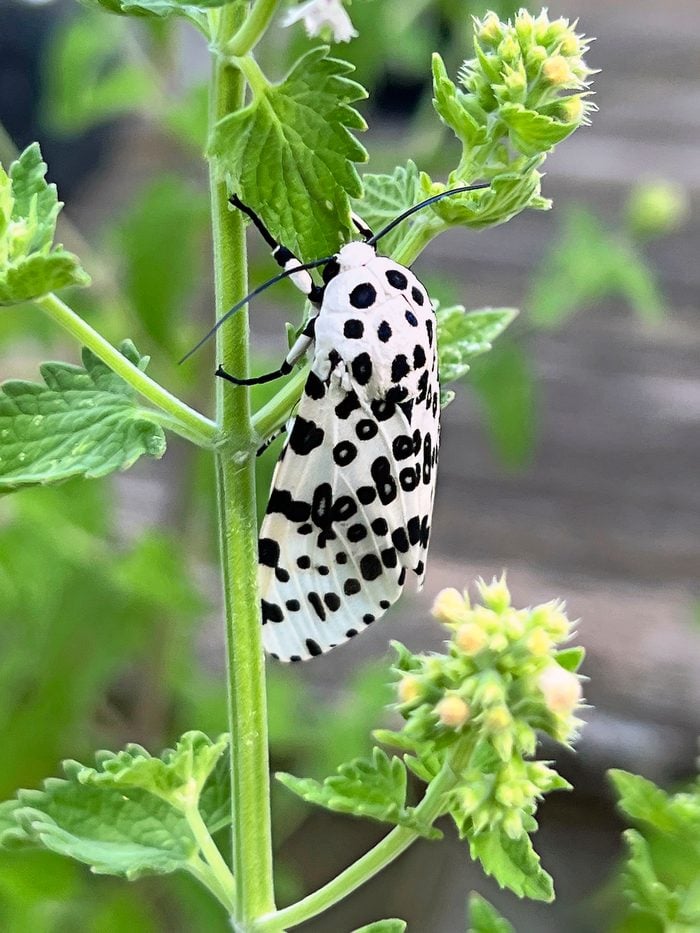
Giant Leopard Moth
“I was walking around my yard one hot, humid day last summer, and I spotted a catnip plant with a gorgeous moth on it. This giant leopard moth was an exciting and rare find,” says Susan Collins.
Here’s where you can spot a giant leopard moth.
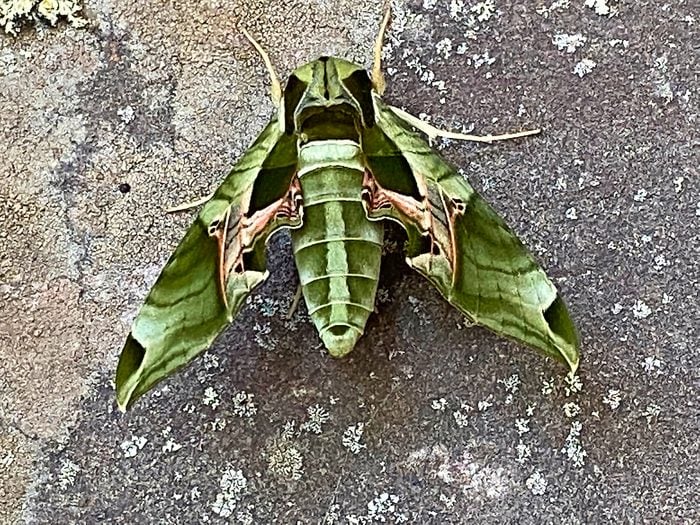
Pandorus Sphinx Moth
“This beautiful moth, a pandorus sphinx, blended perfectly into the wall it was resting on near Petersburg, West Virginia. I had never seen this species before and was so curious to know about it and its life cycle,” says Gary Samples.
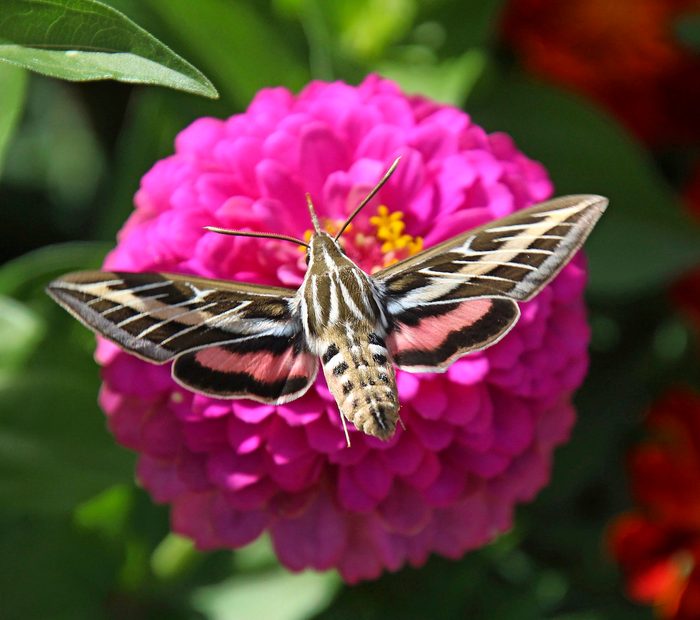
Nectar Flower Lover
“I was overwhelmed with gratitude when I came across a white-lined sphinx moth drinking nectar from a zinnia bloom. I followed it from flower to flower for about 20 minutes before it finally had enough. What a wonderful experience!” says Michelle Maynard.
If you love these pictures of moths, don’t miss these dazzling dragonfly pictures.
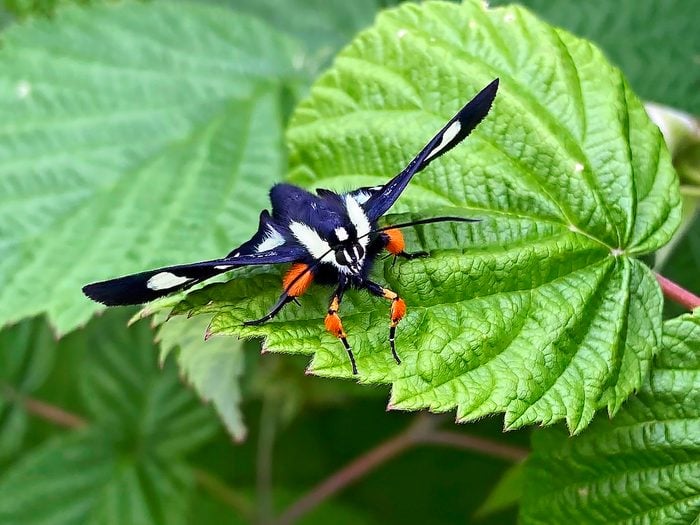
Pretty Pollinator
“An eight-spotted forester moth visited my vegetable garden one summer,” says Shawn Ann Wendling.
Psst—these pictures will change how you see bugs.
When you’re done looking at moth pictures, check out the top 10 butterfly host plants to attract more pollinators.
